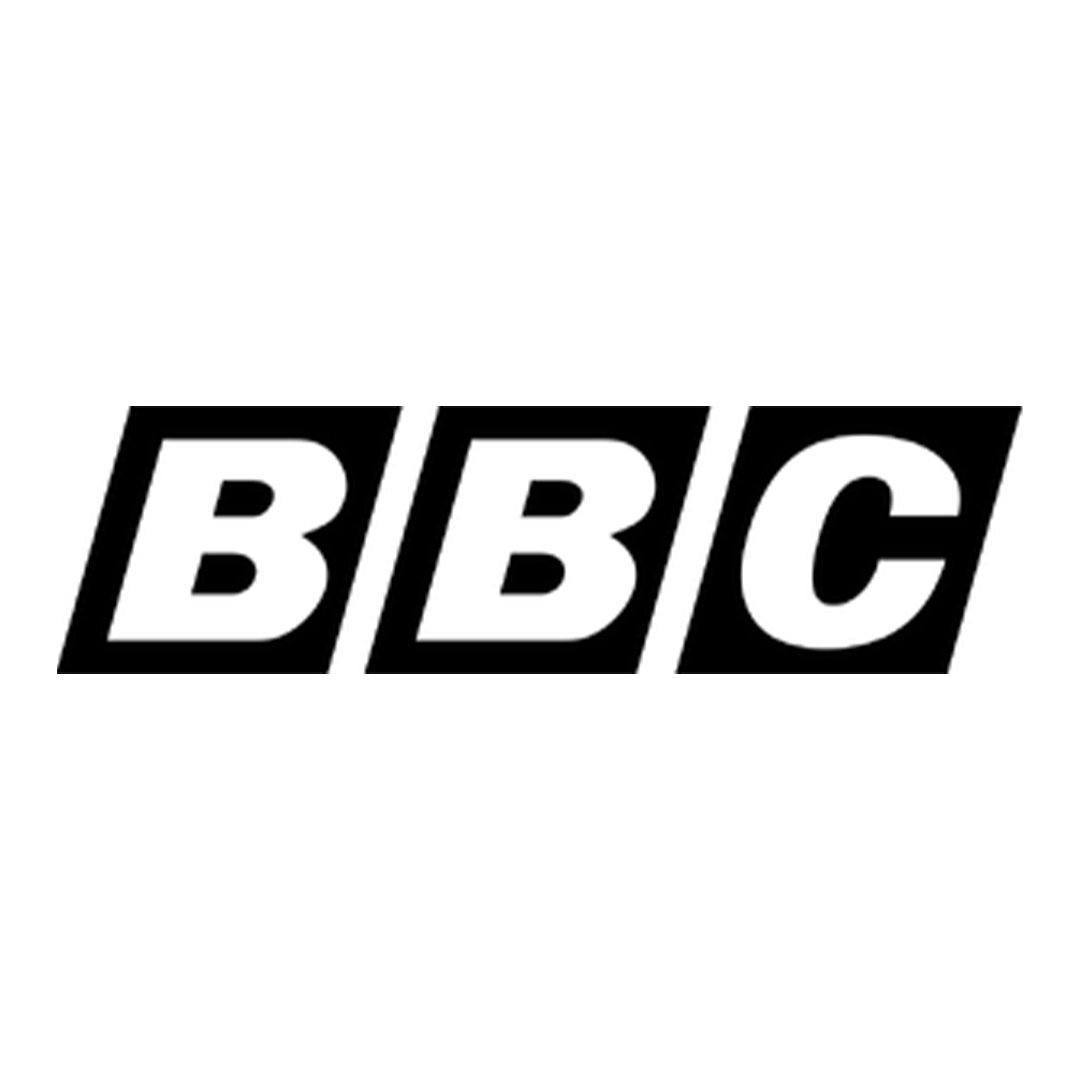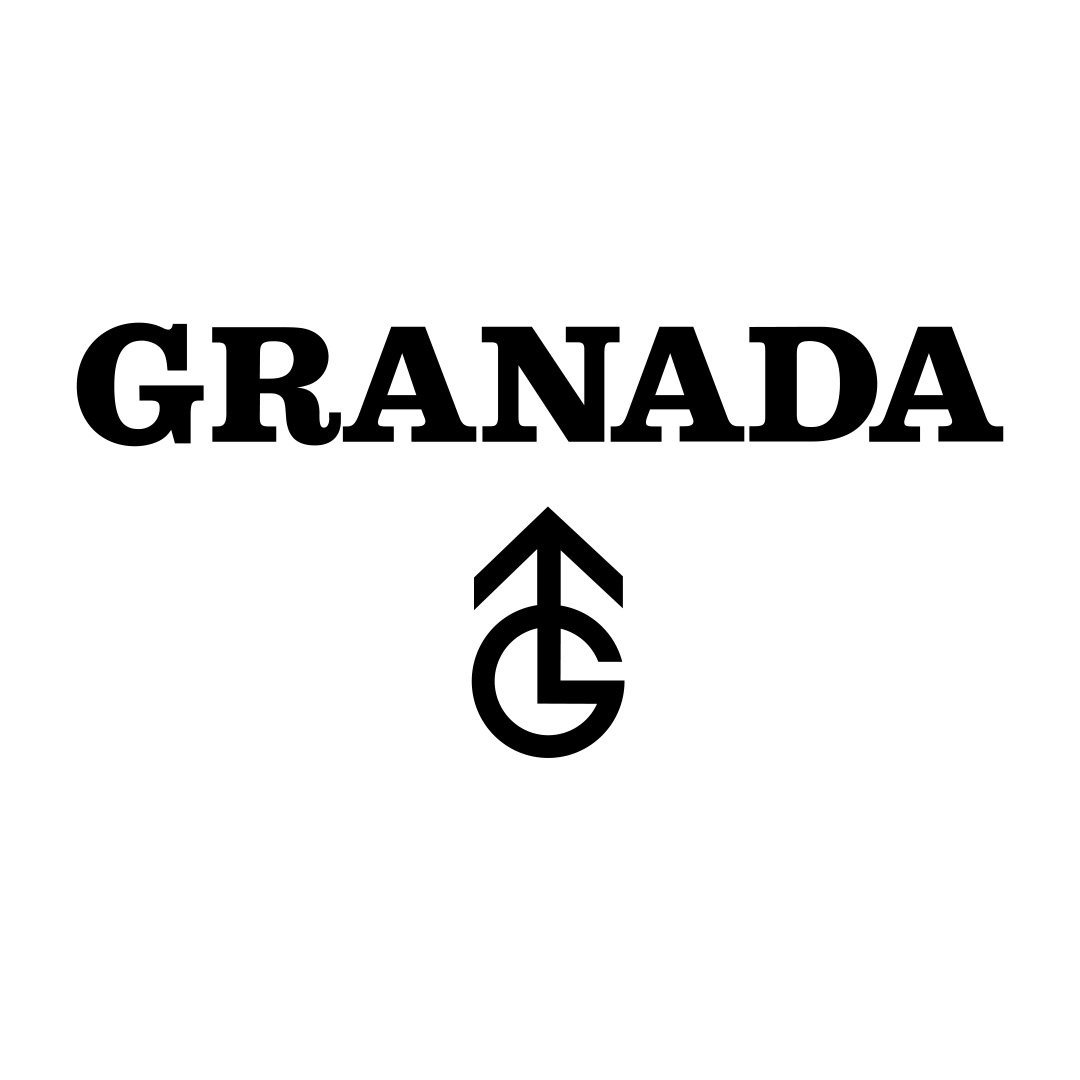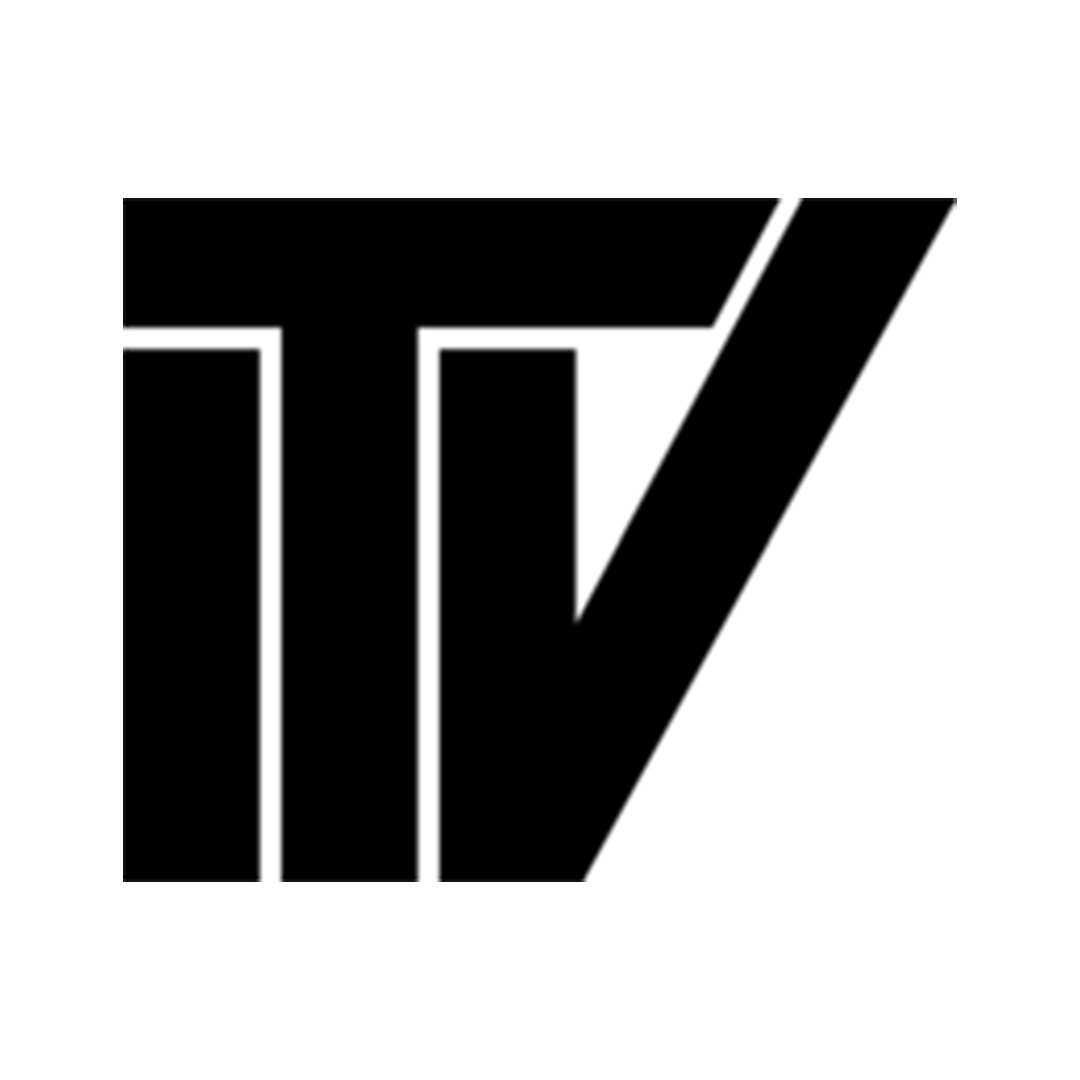#005 - Iconic Logo Designs
Let’s check out two iconic logo designs, one from the 20th century and one from the 21st.
Channel 4
When it launched on 2 November 1982, Channel 4 and its accompanying logo made a colourful splash into an otherwise dull British media landscape. Bold, edgy and versatile, the Channel 4 logo has barely changed over the best 40 years with only minor tweaks being made since its inception (Channel 4 - Logopedia, no date).
On screen, the symbol would appear as computer animated blocks hurled onto the screen. It was designed by Lambie-Nairn and was accompanied by a tune, entitled "Fourscore", composed by David Dundas. At the time, there was no computer that was able to animate the logo in the UK, so the animation was done by Bo Gehring in Los Angeles.
(Channel 4 - Logopedia, no date)
Compare it to the other British TV logos of the time and you can see why this iconic design has stood the test of time. The bright colours and use of ground-breaking animation technology made it immediately stand out from the competition. Designer, Martin Lambie-Nairn, went on to make a further impact in the world of British media logo design when he worked on the famous BBC 2 idents of the 90s, followed by work on the rebrand the entire BBC corporate identity in 1997 (Wikipedia, no date).
40th Anniversary version of the Channel 4 logo released in 2022. Designed by in-house team, 4Creative (Channel 4 - Logopedia, no date).
London 2012
Famous or possibly infamous because of its controversial design, the logo for the London 2012 Olympic Games is pretty weird but undoubtedly memorable. Designed by British advertising agency Wolff Olins, the logo was the first ever Olympic logo to not include an image of the host city or country, for better or worse (Olympics, 2023).
In an interview with Adweek, Wolff Olins chairman Brian Boylan describes the freeform technique that produced this controversial beast:
“The mark itself came from an energy grid we drew of lines that moved around, contained within a rectangle, which we stopped at one particular moment… We used the term ‘prescribed anarchy’—it wasn’t [that] we just wanted to draw something spiky.”
(Bigman, 2013)
I for one appreciate the jagged, chaotic spirit of the logo. Naysayers will point to the apparent similarities to Lisa Simpson and other more unpleasant comparisons but at least it dares to be different. You need only take a cursory glance at a list of other Olympic logos to appreciate what Wolff Olins were trying to achieve. They sought to be bold, different, ‘out-there’ and bucking the trend. Perhaps the world wasn’t ready then, but looking back on this piece of pre-Brexit Britain it seems to show a youthful, cheeky spirit from another time.
Clearly the poor reception hasn’t damaged Wolff Olins business. In recent times they’ve been involved in designing the corporate identities for tech giants Google, Uber, EE and TikTok (Work - Wolff Olins, 2023).
Thanks for reading my blog.
References
Logopedia (no date) Channel 4. Available at: https://logos.fandom.com/wiki/Channel_4 (Accessed: 09/01/23).
Wikipedia (no date)Martin Lambie-Nairn. Available at: https://en.wikipedia.org/wiki/Martin_Lambie-Nairn (Accessed: 09/01/23).
Work - Wolff Olins (2023) Available at: https://wolffolins.com/work (Accessed: 09/01/23).
London 2012 The Brand(2023) Available at:https://olympics.com/en/olympic-games/london-2012/logo-design (Accessed: 09/01/23).
Bigman, A. (2012) In defense of the London 2012 olympic logo. Available at: https://99designs.co.uk/blog/famous-design/in-defense-of-the-london-2012-olympic-logo/ (Accessed: 09/01/23).







